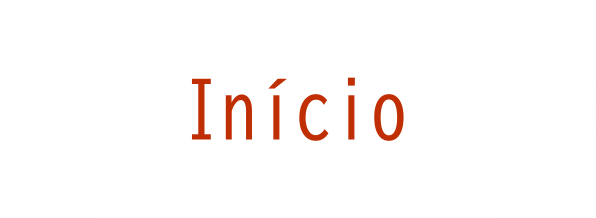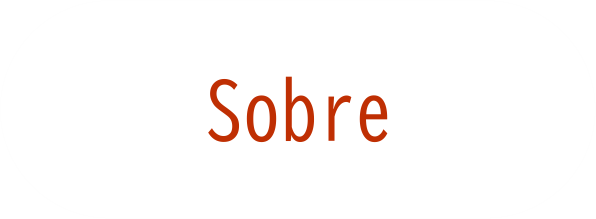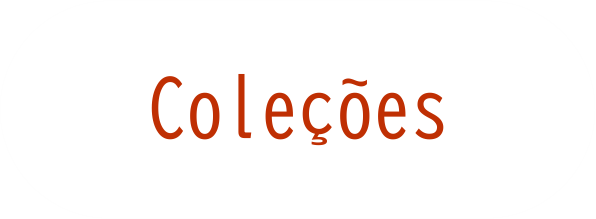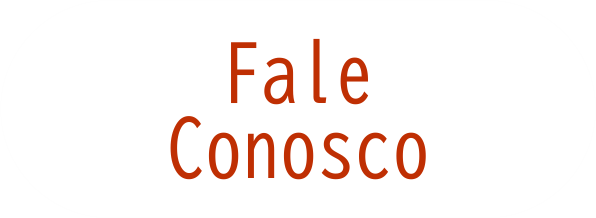Immunoadsorption therapy in Guillain-Barré syndrome.
Autor(es): Hirai K.; Kihara M.; Nakajima F.; Miyanomae Y.; Yoshioka H.
Resumo: A 12-year-old boy rapidly developed Guillain-Barré syndrome (GBS) after Campylobacter jejuni enteritis. Electrophysiologic studies suggested that demyelination was dominant, and serum anti-C. jejuni and both IgG and IgM anti-GM1 antibodies were significantly elevated. The patient was treated three times with immunoadsorption therapy using a tryptophan-immobilized column. The volume of treated plasma in each session was about 2 L. His blood pressure was maintained within normal range with the use of 5% albumin preparations and etilefrine hydrochloride. His clinical and electrophysiologic findings began to recover shortly after therapy, with a decrease in the levels of serum IgG and IgM anti-GM1 antibodies. This immunoadsorption therapy should be considered for anti-GM1 antibody-associated GBS.
Imprenta: Pediatric Neurology, v. 19, n. 1, p. 55-57, 1998
Identificador do Objeto Digital: 10.1016/S0887-8994(98)00010-1
Descritores: Guillain-Barre Syndrome - Pathogenesis ; Guillain-Barre Syndrome - Proteins ; Guillain-Barre Syndrome - Antibodies ; Guillain-Barre Syndrome - Immunology
Data de Publicação: 1998

